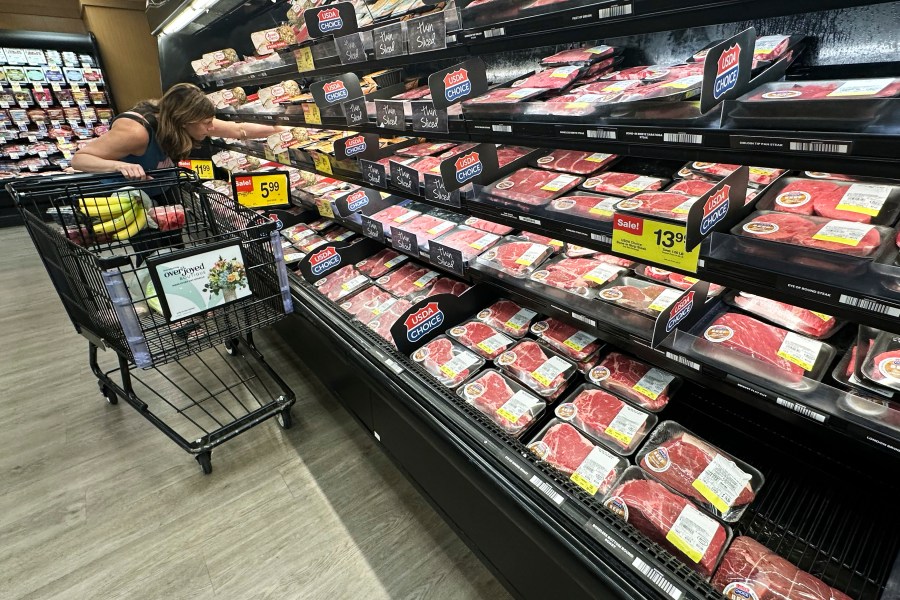Beef Prices Skyrocket: What's Behind the Surge?

The Rising Cost of Beef in the United States
The cost of groceries has been on the rise across the United States, but none of the items have seen a more significant increase than beef. According to recent data, the price of steak has gone up by 16.6% compared to last year, while ground beef has risen nearly 13%. Only eggs and coffee have experienced steeper price increases, with eggs climbing by 27% and coffee by 21%.
A recent study from Kansas State University supports this trend, showing that meat price inflation has far outpaced inflation for other goods this year. This has left many consumers questioning what is driving such a sharp increase in beef prices.
Factors Contributing to the Beef Price Surge
Experts point to multiple factors contributing to the surge in beef prices, rather than a single cause. One key issue is the size of the U.S. cattle herd, which is at its lowest level since 1951. As of January 2025, there were only 86.7 million cattle and calves in the country. At the same time, consumer demand for beef remains strong, creating a supply-demand imbalance.
Drought conditions in the western part of the country since 2020 have also played a role. These conditions have increased the cost of feed for cattle and forced many ranches to reduce their herds. Additionally, a flesh-eating parasite discovered in cattle herds in Mexico led the U.S. to stop importing beef from south of the border last year, further limiting the available supply.
Impact on Ranchers and Consumers
U.S. cattle ranchers are feeling the pressure from rising costs and are passing these expenses along to consumers. Jim Richardson, a rancher from Texas, shared his experience with the Texas Standard. He said he had to increase prices by roughly a dollar per pound. “My processor went up that much or more,” he explained. “Without keeping up, it erodes your profitability.”
The American Farm Bureau has also highlighted the impact of President Trump’s tariffs on beef exports. While exports to countries like South Korea and Canada have remained strong, the tariffs have slowed sales, especially to China. According to a report in May, total export sales to China are currently 32% behind 2024 levels.
What’s Next for Beef Prices?
Despite the typical cooling of demand during the fall months due to less grilling, experts say the underlying issues causing high beef prices won’t be resolved quickly. Brenda Boetel, a professor of agricultural economics at the University of Wisconsin, noted that consumer demand for beef has remained surprisingly resilient despite the high prices.
“I’m actually surprised how resilient beef demand has continued to stay with the very high prices,” Boetel said. She added that she doesn’t expect prices to decline for at least another year.
The American Farm Bureau warns that prices will only drop significantly if demand decreases. While this could be good news for consumers, it would likely hurt the ranching industry. Even with record-high prices, margins for cattle farmers and ranchers remain very thin due to elevated supply costs.
Any decline in consumer confidence or household financial health could weaken demand, forcing packers to lower bids and potentially triggering financial losses for cattle farmers and ranchers.

Posting Komentar untuk "Beef Prices Skyrocket: What's Behind the Surge?"
Posting Komentar